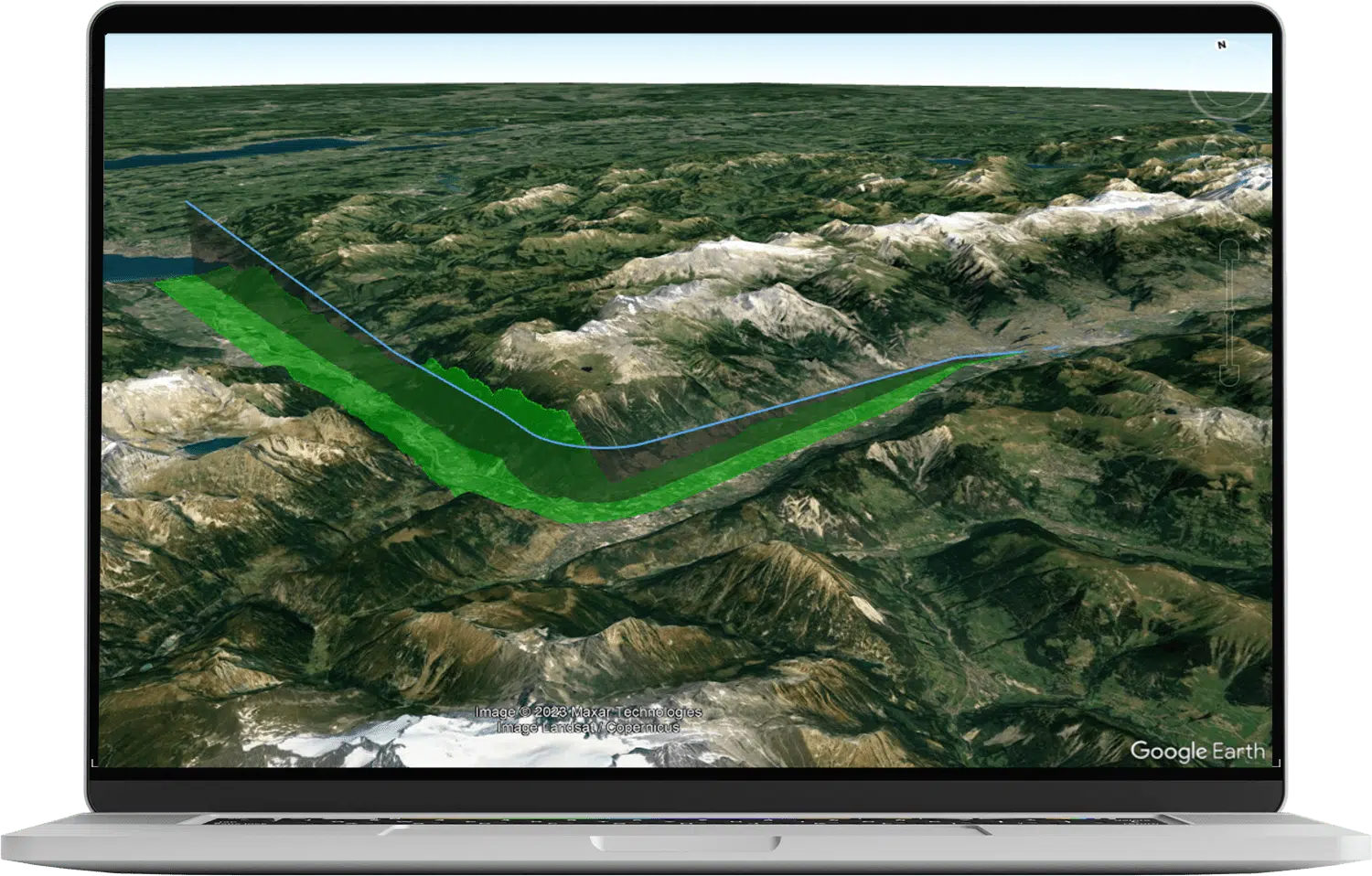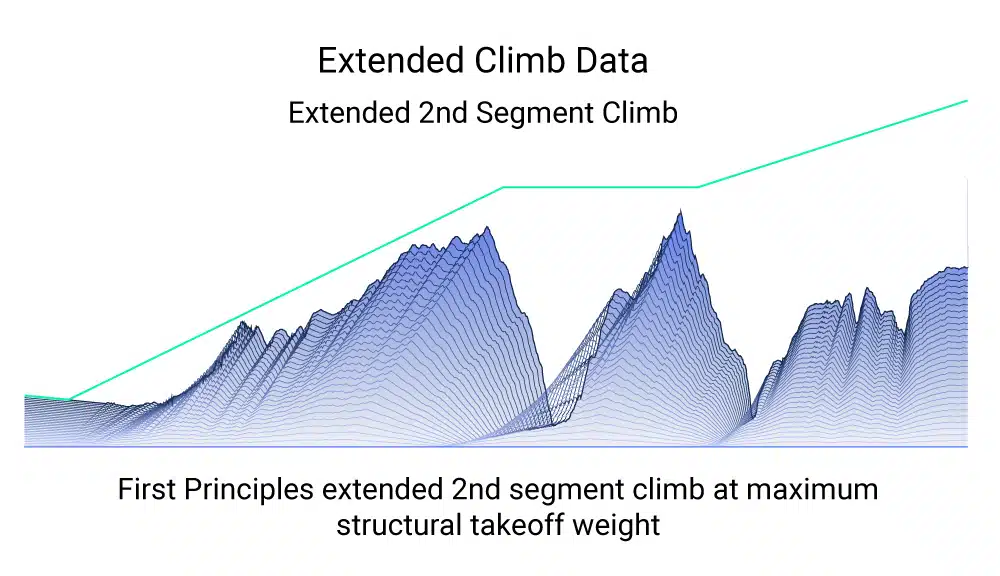
Aircraft Engine Out Procedures (EOPs)
If the unexpected happens, we’re here to help
In the event of an engine failure, you need a plan. Our Engine Out Procedures (EOPs) are tailored to reduce crew workload while minimizing obstacle and terrain constraints.
Expect the Unexpected
We align the flight paths for custom EOPs with established Standard Instrument Departures (SIDs) so you can be assured a smooth transition from a normal departure to an engine out escape route.

We account for a range of climb speeds, so you are safe, no matter the aircraft type or current configuration. While we have the largest collection of custom EOPs worldwide, if we don’t have an EOP at an airfield you take off from, please contact us.
Our EOP analysts are ready to work with you to design a procedure that meets your needs.
Extended Climb Data
APG uses extended climb data to maximize aircraft performance and reduce costs. Many Airplane Flight Manuals (AFMs) give data for an extended level of height. If the standard level off height isn’t high enough to clear the terrain, APG will model an extended climb to preserve maximum takeoff weight. Without this capability, the only other option is to reduce the payload or fuel to level off, accelerate to enroute speed and continue the climb before reaching the terrain. When pilots rely on standard climb only, it can severely reduce the maximum allowed takeoff weights, which means much less payload, an increase in stops, and more fuel costs.
For some aircraft types, First Principles data is available to give pilots information to extend their climb above the terrain by allowing pilots to level off and accelerate when all terrain has been cleared.

When First Principles data is available, APG can leverage the extended 2nd segment climb beyond the level-off height provided in the AFM. In mountainous terrain, this can provide significant increases of additional usable payload capability over AFM methods. This knowledge allows for much heavier maximum takeoff weights, less payload fuel costs, and direct flight to the destination.
Get customized EOPs
The APG engineering team customizes a wide range of configurations and aircraft manufacturers.



